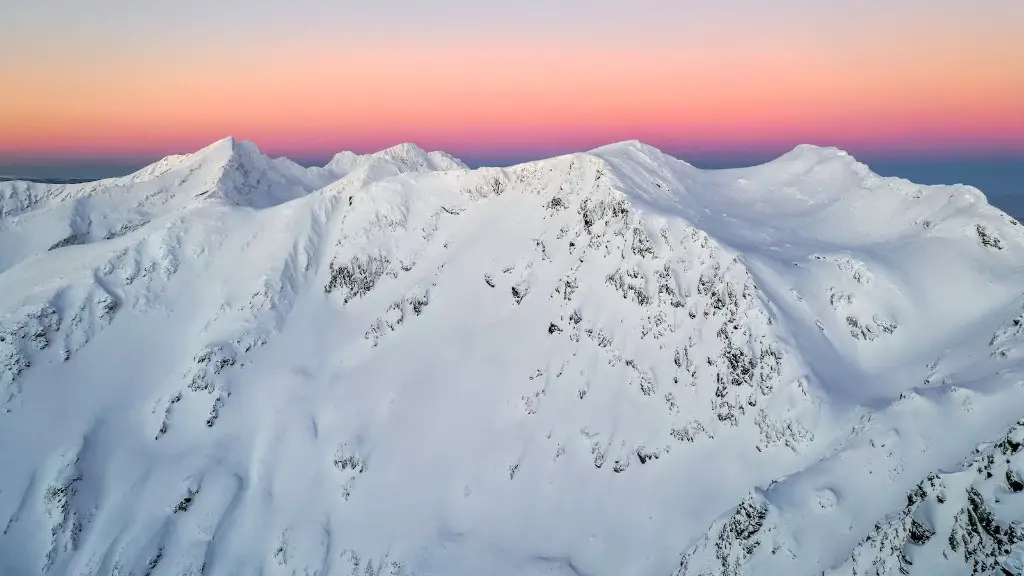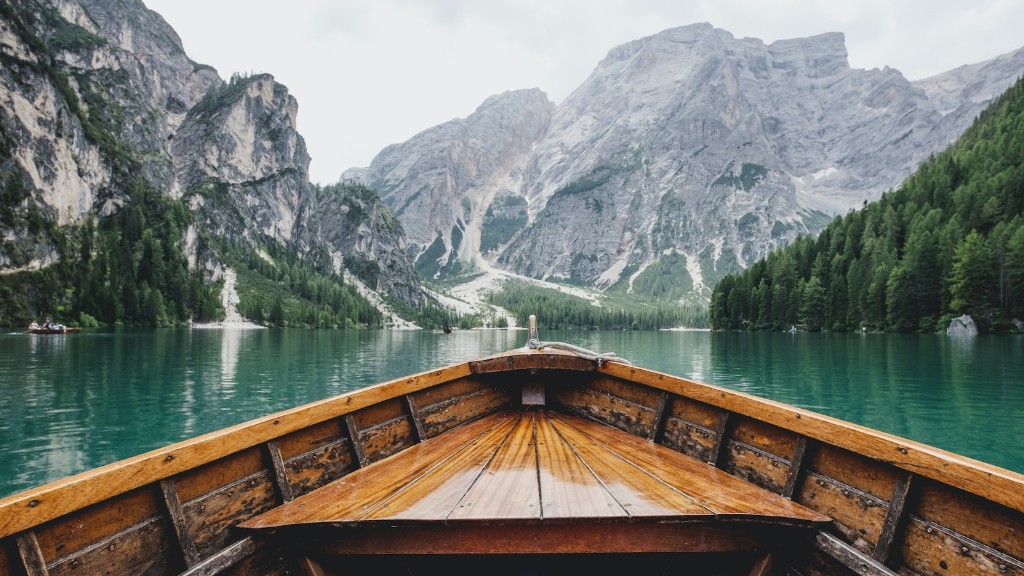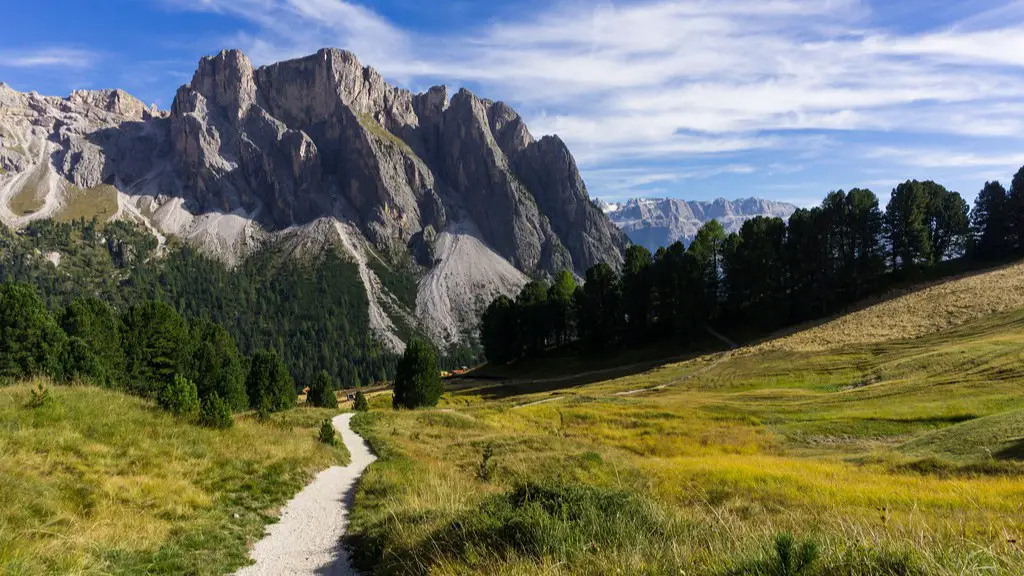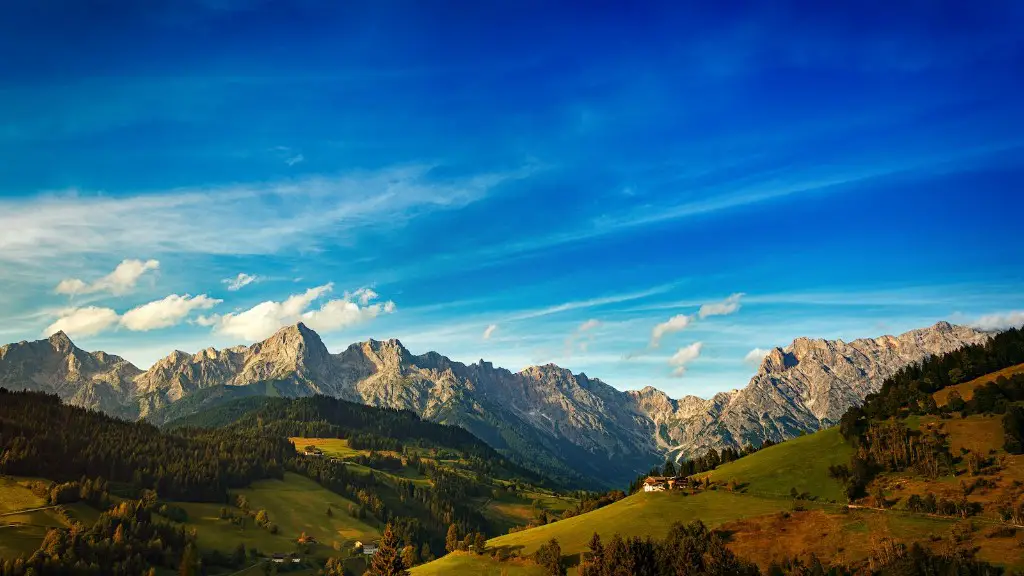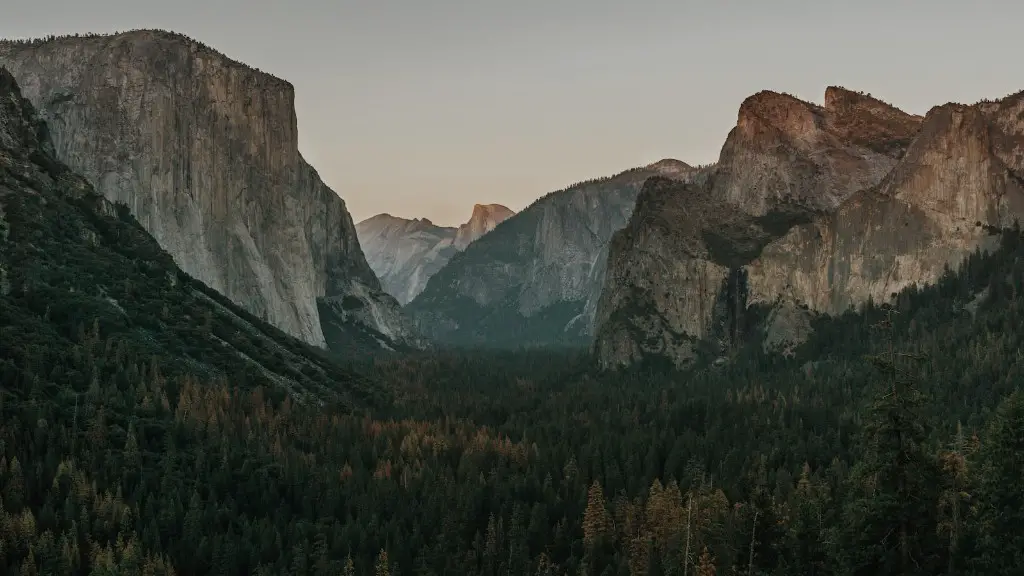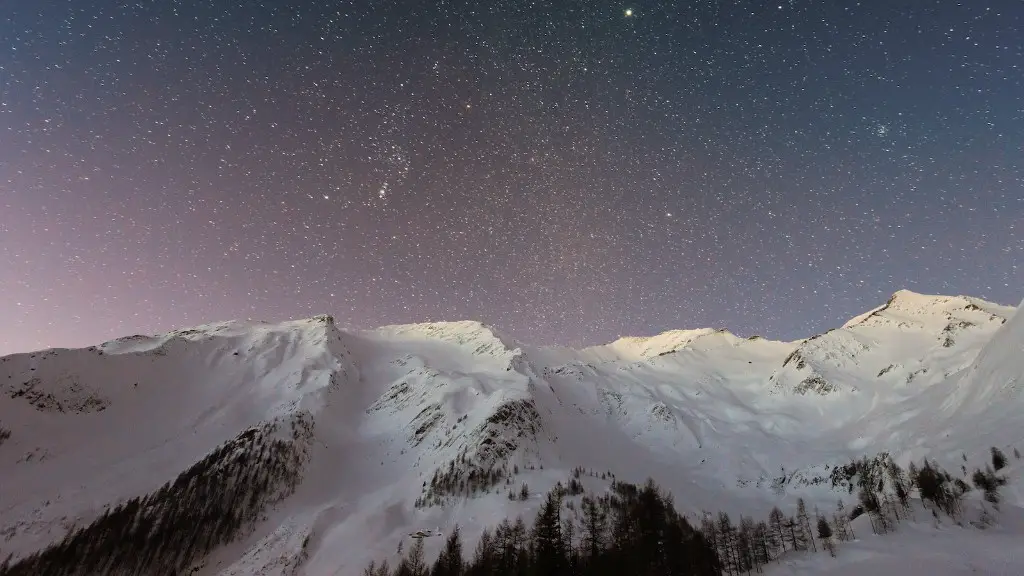Before you start your journey to the top of Mount Kilimanjaro, there are a few things you should know. First, you need to be in good physical shape and be prepared for the altitude. Second, you need to choose the right time of year to go. The best time to hike Mount Kilimanjaro is between January and March, when the weather is dry and the temperatures are not too hot. Finally, you need to make sure you have the proper gear. This includes sturdy hiking boots, clothing that will keep you warm at night, and a good sunscreen.
There is no single answer to this question as the best way to hike Mount Kilimanjaro will vary depending on your individual fitness level, hiking experience, and the amount of time you have available. However, there are a few general tips that can help you make the most of your hike:
1. Start training early: Give yourself plenty of time to get physically and mentally prepared for the challenge ahead.
2. Choose the right route: There are six main routes up Mount Kilimanjaro, so do your research to pick the one that best suits your ability and interests.
3. Acclimatize: Spend a few days acclimatizing to the altitude before beginning your hike. This will help your body adjust more smoothly and reduce the risk of altitude sickness.
4. Be prepared: Make sure you have all the necessary gear and supplies, and know how to use them properly.
5. Take your time: Don’t try to rush your hike. Listen to your body and take rests as needed.
6. Enjoy the experience: The hike up Mount Kilimanjaro is demanding, but it is also an incredibly rewarding experience. savor every moment and focus on enjoying the journey.
Can beginners hike Mount Kilimanjaro?
Mt. Kilimanjaro is the tallest mountain in Africa and one of the most popular tourist destinations in the world. Every year, thousands of people attempt to summit the mountain, but only a fraction of them are successful.
Can beginners climb Kilimanjaro? Yes, but the challenge is not to be taken lightly. To have the best Mt Kilimanjaro climbing experience as a beginner, you should be fully aware of the conditions, seasonal climates, costs, and requirements to prepare yourself for this challenge.
The best time to climb Kilimanjaro is during the dry season, which runs from late June to early September. The weather is more stable during this time, and there is less chance of rain or snow. However, it is also the busiest time of year, so you should book your trip well in advance.
Climbing Kilimanjaro is not cheap. Prices will vary depending on the company you book with, but you can expect to pay at least $3000 for the trip. This includes all costs, such as permits, equipment, guides, and porters.
You don’t need to be an experienced climber to summit Kilimanjaro, but you should be in good physical shape
Mount Kilimanjaro is a fair difficult mountain to climb. With more than 50% of the climbers suffering from mountain sickness, Kilimanjaro is an extreme altitude mountain trek. Measuring 19,341 feet, or 5,895 meters, you will need to prepare well and train before attempting to climb Kili.
How long does it take to walk up Mt Kilimanjaro
If you want to summit Mount Kilimanjaro, it is best to allow five to nine days to complete the expedition. This will give you the best chance of success, as you will have more time to acclimatise to the altitude and will be less likely to experience fatigue.
The average cost to climb Kilimanjaro is $2000 to $6000. The price varies from cheap, budget operators to large Western travel agents selling outsourced climbs at an inflated price. There are various, unavoidable fixed costs to any tour operator and if a climb seems too cheap, you’ve got to ask yourself why.
Do you need oxygen to climb Kilimanjaro?
Climbing Kilimanjaro is a significant challenge due to its altitude. However, climbers do not need supplemental oxygen to reach the summit. To reach the summit, you use the acclimatization method of walking slowly “pole pole” and climbing high. Sleeping low helps with acclimatization.
On summit day, you’ll need to hike for around 12 to 16 hours to reach the Uhuru Peak, the summit of Kilimanjaro. This is because your hike to Uhuru Peak takes around six or seven hours, but you must then descend a long way to reach that night’s campsite.
Can you hike Kilimanjaro without training?
There is no need for specialised skills or equipment to hike up Kilimanjaro, but you must be reasonably fit. If you are not used to hill-walking or doing aerobic exercise, you will need to do a lot of training to build up your strength and endurance. Enjoy the challenge and the sense of achievement that comes with reaching the summit!
You want to be in good physical shape to climb Kilimanjaro, but there’s no need to be super-fit This is a trek, not a climb after all, and if you can run for 30 minutes two to three times a week, and enjoy an all day hike at weekends, you should be fine That said, many people do underestimate Kili.
What class hike is Kilimanjaro
Many people underestimate the challenge of climbing Kilimanjaro and are unprepared for the altitude. The thin air at high altitude makes physical activity much more difficult, and can cause serious health problems. The rate of ascent is also a factor – going too high too fast can lead to altitude sickness.
That being said, Kilimanjaro is an achievable goal for most people with the proper preparation. If you take the time to acclimatize and hike at a comfortable pace, you should be able to reach the summit successfully.
If you’re looking to climb Mount Kilimanjaro, January and February are two of the best months to do so. The weather is typically clear and sunny during these months, making for ideal climbing conditions. However, afternoon clouds and occasional rainfall can be expected, so be sure to pack accordingly.
What is the success rate of Kilimanjaro?
Mt Kilimanjaro is one of the most popular mountains in the world, with approximately 50,000 trekkers attempting to reach the summit each year. However, according to research published by the Climb Kilimanjaro Guide, the average summit success rate is only 65%. This means that many climbers are unsuccessful in their attempt to reach the top of the mountain. There are a variety of factors that can influence a climber’s success rate, such as experience, fitness level, and the route that is taken.
The base of Mount Kilimanjaro is quite warm, with an average temperature of 21 to 27 degrees Celsius. However, at the summit of Uhuru Peak, the temperature can range from 20 degrees Fahrenheit to -20 degrees Fahrenheit (-7 to -29 degrees Celsius). This is because the altitude and time of day have a greater impact on the temperature than the location itself.
Can you just walk up Kilimanjaro
Kilimanjaro is a popular destination for hikers because it is relatively easy to reach the summit without any special mountaineering equipment or expertise. Theviews from the top of the mountain are stunning, and the experience of summiting Africa’s tallest mountain is unforgettable.
Mount Kilimanjaro is an amazing experience and well worth the effort. Even though the success rate is only around 66%, it’s still worth it for the experience. Young males between 20 and 30 fail more often than we’d expect, but that doesn’t mean it’s not still worth it for them.
How much training is required before Kilimanjaro?
If you want to safely and effectively climb Kilimanjaro, you will need to train specifically for at least three to four months. This training should gradually increase your hike time, distance, and elevation gain (by roughly 10% each week). By doing this, you will develop the necessary conditioning for trekking.
If you’re planning on hiking up Kilimanjaro, be aware that the Western Breach area is known for rock falls, which have resulted in fatalities in the past. It’s recommended to avoid this route and stick to one of the other, safer routes.
Final Words
1. Decide when you want to go. The best time to hike Mount Kilimanjaro is between late June and early October, when the weather is dry.
2. Choose your route. There are seven different routes up Mount Kilimanjaro, and each has its own advantages and disadvantages.
3. Get in shape. Climbing Mount Kilimanjaro is no easy feat, and you’ll need to be in good physical condition to make it to the top.
4. Make sure you have the proper gear. Hiking boots, a warm sleeping bag, and rain gear are just a few of the things you’ll need to pack.
5. Hire a guide. While it’s possible to hike Mount Kilimanjaro without a guide, it’s not recommended.
6. Start your hike! After all of your planning, it’s finally time to start your hike up Mount Kilimanjaro.
7. Summit Mount Kilimanjaro. After days of hiking, you’ll finally reach the summit of Mount Kilimanjaro. Enjoy the view!
8. Descend Mount Kilimanjaro. Once you’ve enjoyed the views from the summit, it’s time to
After reading this guide on how to hike Mount Kilimanjaro, you should be prepared for anything that may come your way. You should also have a better understanding of what to expect when hiking this popular trail.
